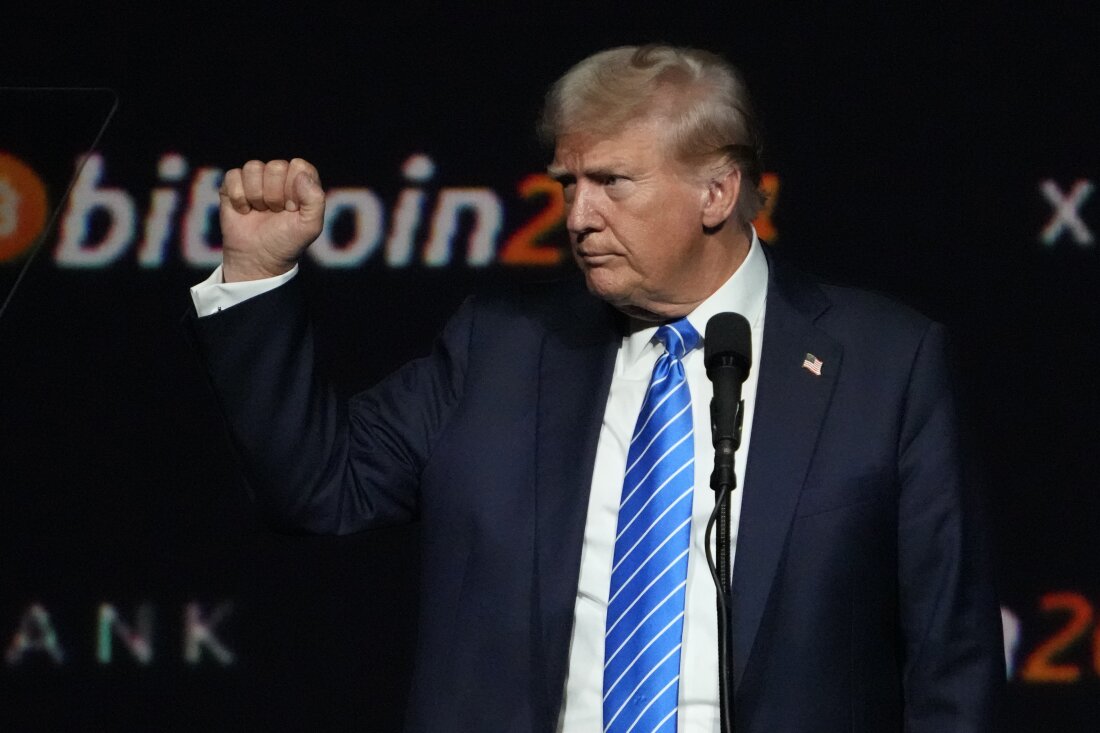Bitcoin Reaches Maturity: How Institutional Investors Bring Stability
Cryptocurrencies once seemed like a niche interest, something only tech-savvy enthusiasts would dabble in. However, we have witnessed a remarkable transformation, as cryptocurrencies have indeed infiltrated the mainstream financial markets and captured the attention of investors and the general public alike.
In January 2024, a significant milestone was achieved with the approval of Bitcoin Spot ETFs in the United States, after an extensive battle between asset managers and the SEC. These ETFs quickly turned into a bestseller. Following this, in July 2024, the Ethereum ETF was launched but has struggled to meet initial expectations.
The Significance of Institutional Investment in Bitcoin
The surge in interest from institutional investors can be attributed to a couple of crucial factors. There is a clear need for diversification in portfolios, but more compelling is the perception of Bitcoin as a hedge against inflation and currency devaluation. Dubbed “digital gold,” it’s no surprise that these investors harbor high return expectations alongside their growing interest.
The introduction of Bitcoin Spot ETFs has made access to this asset class substantially easier, marking a turning point in the cryptocurrency landscape. For the first time, institutional investors have a direct avenue into the cryptocurrency market without needing to hold Bitcoin directly. The influx of capital flowing through these ETFs might lead to reduced volatility in the long run and could foster greater acceptance of cryptocurrencies within more traditional investment circles.
 The growing influence of institutional investors may stabilize Bitcoin’s market.
The growing influence of institutional investors may stabilize Bitcoin’s market.
Alternate Strategies – Enhanced Liquidity
Institutional investors adopt vastly different strategies compared to retail investors and traders. While individual traders often focus on short-term gains, entities like corporations and hedge funds generally take a longer-term view. Companies such as MicroStrategy have embraced Bitcoin as part of their core philosophy, making it unlikely for them to pull out of the market swiftly. Similarly, BlackRock’s significant investment in its million-dollar Bitcoin Spot ETF suggests a long-term play.
This long-term perspective effectively supports price stability by making mass sell-offs less frequent. Moreover, institutional investors typically bring larger amounts of capital into the market, which can enhance liquidity and mitigate extreme price fluctuations. This increasing liquidity could lead to a decrease in Bitcoin’s inherent volatility.
Market Mechanisms: The Impact of Institutional Inflows
The approval of Bitcoin Spot ETFs is not just a boon for Bitcoin but signals a giant leap toward regulation in the cryptocurrency sector. Products like ETFs, futures, and various institutional offerings based on Bitcoin bolster investor confidence and attract more funds.
Another critical aspect to consider is the phenomenon of “arbitrage.” Institutional players can leverage arbitrage opportunities across global Bitcoin markets, facilitating price equalization and, ultimately, contributing to long-term market stability.
 Arbitrage plays a crucial role in stabilizing cryptocurrency markets.
Arbitrage plays a crucial role in stabilizing cryptocurrency markets.
Pepe Unchained – A New Type of Meme-Coin
Just a few months ago, the presale for Pepe Unchained launched, setting records almost instantly. This unique coin operates on its own blockchain and aims to develop an entire ecosystem around it. Currently, the presale for the unleashed frog is still ongoing, allowing investors to connect a wallet with the project’s website to purchase PEPU tokens. Note: Investing is speculative, and there may be no protections for your investment.
In conclusion, the narrative around Bitcoin is rapidly evolving as institutional investors step into the ring, leaving an indelible mark on the landscape of cryptocurrencies. We are witnessing a maturation of this market, as the influence of these corporate giants brings forth increased legitimacy, stability, and broader accessibility to what once seemed an erratic and elusive ecosystem. As we watch this transformation unfold, it’s impossible not to wonder what the next chapter in the world of cryptocurrencies holds.


 Photo by
Photo by 











